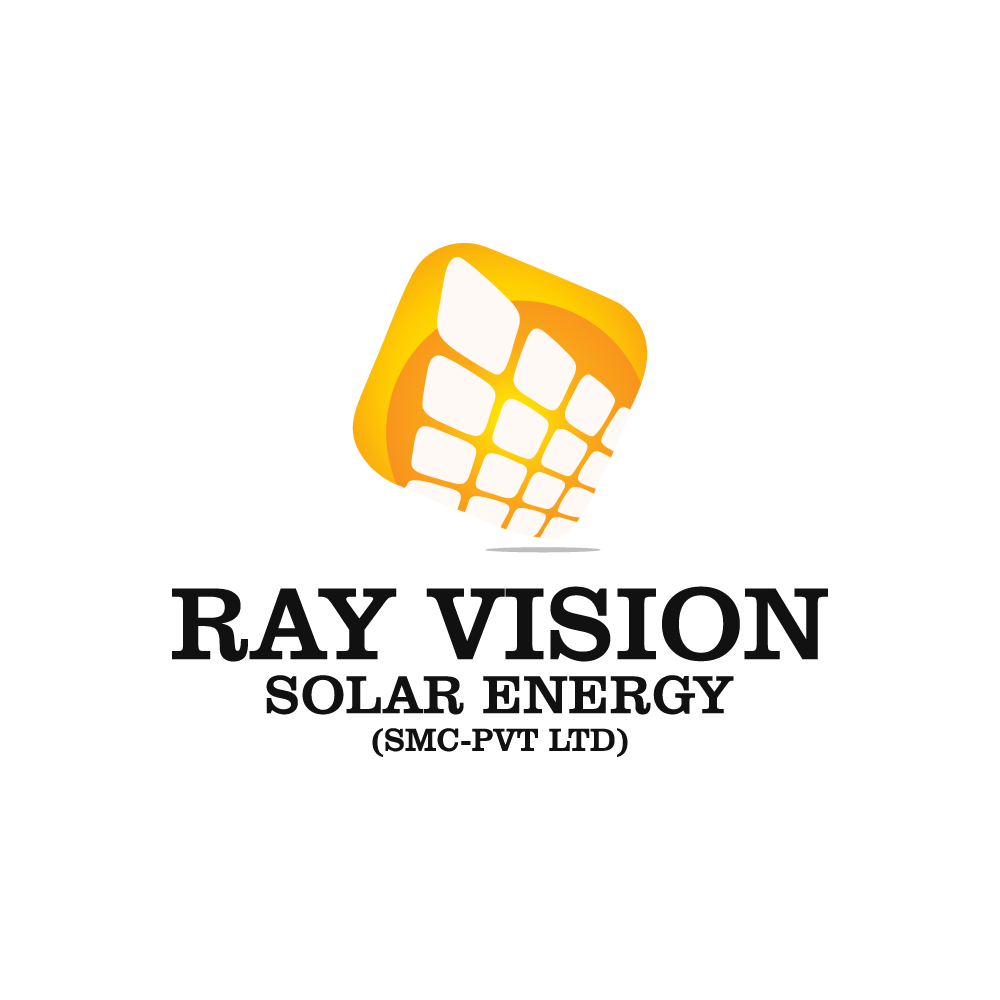The Benefits of Solar Power for Achieving Net-Zero Targets
Solar power is a cornerstone in the quest for net-zero targets, playing a crucial role in combating climate change. The environmental benefits of solar energy are manifold, starting with the significant reduction in greenhouse gas emissions. Unlike fossil fuels, solar power generation emits no carbon dioxide or other harmful pollutants, making it a clean and sustainable energy source. This reduction in emissions is pivotal for countries striving to meet their climate commitments under international accords like the Paris Agreement.
Moreover, solar power aids in the conservation of natural resources. Traditional energy production often relies on finite materials such as coal, oil, and natural gas, which are not only limited but also environmentally detrimental when extracted and consumed. Solar energy, by contrast, harnesses the sun’s endless supply of radiant energy, thus preserving these valuable natural resources for future generations.
Both residential and commercial sectors can benefit from adopting solar power. In the residential realm, homeowners who install solar panels can significantly reduce their electricity bills while contributing to a cleaner environment. For businesses, solar energy offers a reliable and cost-effective solution to power operations, often leading to substantial long-term savings and enhanced corporate sustainability profiles.
Statistics and case studies underscore the impact of solar installations in achieving net-zero goals. For instance, Germany’s Energiewende initiative has led to approximately 50% of the country’s power being generated from renewable sources, a large portion of which is from solar energy. Similarly, California has set ambitious goals to reach 100% clean energy by 2045, with solar power playing a vital role in this transition.
Government incentives and policies are also pivotal in promoting the adoption of solar energy. Tax credits, rebates, and feed-in tariffs are common mechanisms employed by governments worldwide to make solar installations more financially accessible. These incentives not only reduce the initial investment cost but also accelerate the financial returns, thereby encouraging more homeowners and businesses to switch to solar energy.
Innovative Solutions for Expanding Solar Panel Installations
The rapid growth of solar energy has brought about challenges related to finding sufficient space for solar panel installations. However, innovative solutions are emerging to address these obstacles, ensuring that both urban and rural areas can benefit from solar energy. In urban settings, rooftop solar installations have become increasingly popular. By utilizing the existing space on residential and commercial buildings, rooftop solar panels offer a practical solution for generating clean energy without requiring additional land.
Another creative approach in urban areas is the development of solar carports. These structures provide dual functionality by offering shaded parking spaces while simultaneously generating solar power. Solar carports are particularly beneficial in densely populated areas where open space is limited. Additionally, floating solar farms present a unique solution for regions with abundant water bodies. By installing solar panels on the surface of lakes, reservoirs, or ponds, floating solar farms effectively utilize otherwise underused spaces to generate renewable energy.
In rural areas, agrivoltaics is an innovative concept that integrates solar panels with agricultural activities. This dual-use approach allows farmers to produce crops and generate solar power on the same land, thus maximizing land use efficiency. Successful case studies, such as those in Europe and the United States, have demonstrated the potential of agrivoltaics to enhance both agricultural productivity and energy generation.
Technological advancements in solar panel efficiency and design are also contributing to more versatile installation options. The development of bifacial solar panels, which can capture sunlight from both sides, and the improvement in thin-film solar technology, which allows for lightweight and flexible panels, are expanding the possibilities for solar deployment in diverse environments.
Individuals and communities can play a significant role in expanding solar energy infrastructure. By advocating for supportive policies, participating in community solar projects, and considering solar installations on their own properties, people can contribute to a sustainable energy future. As these innovative solutions continue to evolve, the integration of solar power into our daily lives will become increasingly seamless, paving the way for a greener and more resilient world.


